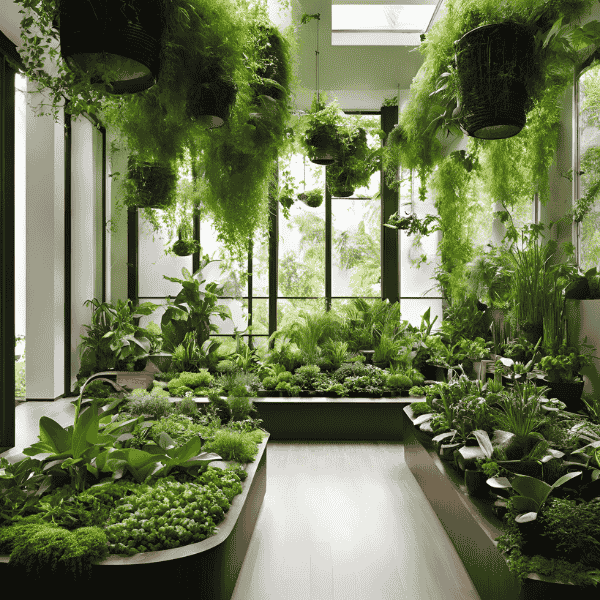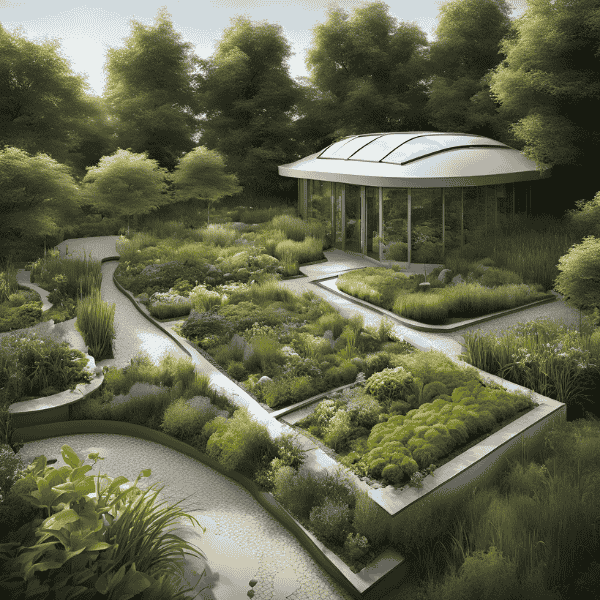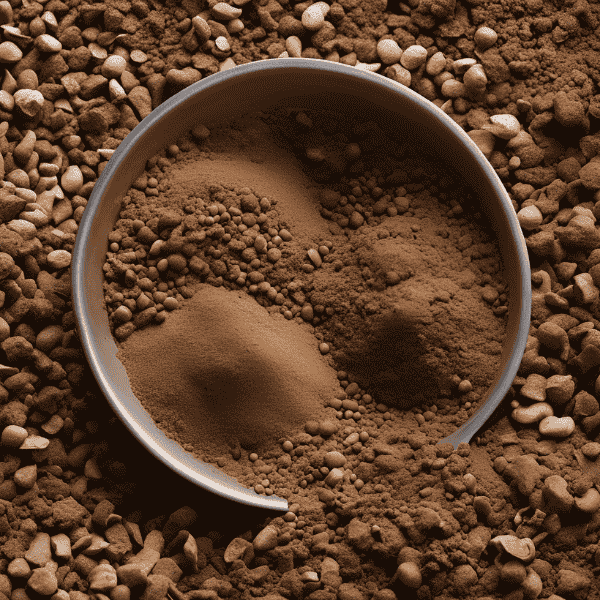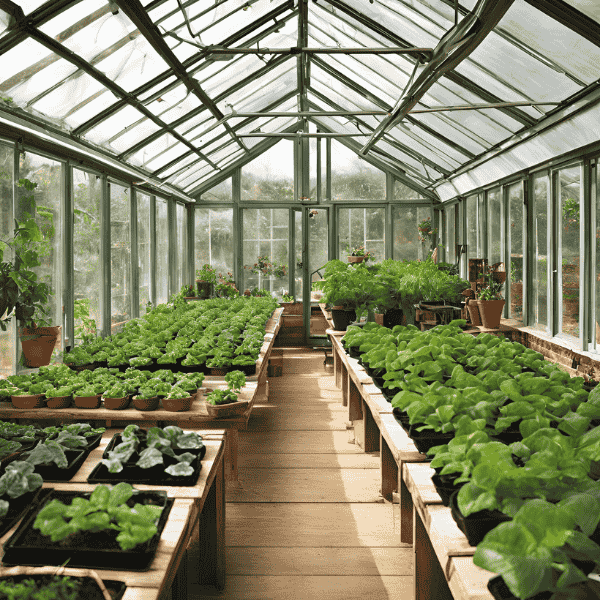Indoor Plant Maintenance and Care: Tips for Thriving Greener

Bringing a touch of nature indoors with plants can transform your space, making it feel fresh, inviting, and lively. But keeping your indoor plants healthy and happy requires more than just watering every now and then. To help your plants thrive, you need to pay attention to the little details, like humidity levels, keeping their leaves clean, and ensuring they’re free from pesky pests. Let’s dive into some simple yet effective ways to maintain your indoor plants and keep them flourishing.
The Importance of Monitoring Humidity for Your Indoor Plants
Indoor plants love humidity – just like us! In their native environments, many plants thrive in tropical or subtropical climates, where humidity levels are often high. Unfortunately, our homes can be quite the opposite, especially during winter when the air tends to be dry due to heating systems.
If you notice your plants’ leaves looking crispy or turning brown around the edges, it’s a sign they may not be getting enough moisture in the air. Here’s how you can boost humidity for your plants:
- Use a Humidifier: Placing a humidifier near your plants is one of the easiest ways to increase humidity. This is especially helpful if you have several plants or live in a particularly dry climate.
- Group Your Plants Together: Plants release moisture into the air through a process called transpiration. By clustering your plants together, you’re creating a little micro-environment with higher humidity.
- Misting: Lightly misting your plants with water can help raise the humidity around them, but be careful not to overdo it. Too much moisture on the leaves can encourage mold or mildew growth.
- Pebble Trays: Fill a shallow tray with pebbles and water, and place your plant pots on top. As the water evaporates, it will raise the humidity around the plant. Just make sure the pot doesn’t sit directly in the water to avoid root rot.
Cleaning Leaves: A Simple Task for Healthier Plants
One of the easiest ways to care for your plants is to give their leaves a good cleaning. Over time, dust can accumulate on the leaves, blocking sunlight and hindering the plant’s ability to perform photosynthesis. It also makes the leaves look dull, rather than vibrant and healthy.
Here’s how you can clean your plants’ leaves:
- Use a Damp Cloth: Take a soft cloth or sponge and dampen it with lukewarm water. Gently wipe both the tops and bottoms of the leaves to remove dust and dirt. Be careful not to rub too hard, as delicate leaves can tear easily.
- Give Them a Shower: For larger plants, you can give them a quick shower in the sink or bathtub. Use lukewarm water and a gentle stream to rinse the leaves. Just be sure the plant is well-drained before placing it back in its spot.
- Leaf Shine: While some people like to use commercial leaf shine products, I recommend avoiding those because they can clog the pores of the leaves. A natural option, like diluted neem oil or coconut oil, can give the leaves a nice glossy finish without the harmful chemicals.
Preventing Pests: Keeping Your Plants Safe from Unwanted Guests
No one likes pests, and unfortunately, indoor plants can attract all sorts of little critters if not properly maintained. The good news is, you can prevent and manage pests with a little vigilance and some natural remedies.
Here’s how to keep those pesky bugs away:
- Inspect Regularly: Take a close look at your plants at least once a week. Check for signs of pests like discolored leaves, sticky residue, or tiny webs. Common indoor plant pests include spider mites, aphids, and mealybugs.
- Isolate Infected Plants: If you spot any pests, immediately isolate the affected plant to prevent the pests from spreading to your other plants.
- Natural Pesticides: You don’t need harsh chemicals to get rid of pests. Neem oil, insecticidal soap, or a simple mixture of water and dish soap can be used to spray on the affected areas. Always test a small spot first to ensure your plant isn’t sensitive to the solution.
- Healthy Soil: A healthy root system is less likely to attract pests, so make sure you’re using well-draining soil. Overwatering and poor drainage can weaken your plants, making them more susceptible to pests.
General Tips for Indoor Plant Care
- Watering: Overwatering is one of the most common mistakes plant owners make. Be sure to check the moisture level of the soil before watering. Let the top inch or two dry out between waterings for most plants. A good rule of thumb is to water in the morning, allowing the plant to dry out before nightfall.
- Proper Light: Most indoor plants prefer bright, indirect light. If your plants aren’t thriving in their current spot, try moving them to a brighter area but out of direct sunlight, which can scorch the leaves.
- Fertilizing: Plants need nutrients to grow strong and healthy. During the growing season (usually spring and summer), use a balanced, water-soluble fertilizer. But be cautious during the fall and winter months when plants are dormant and need less fertilizer.
Conclusion: Loving Your Plants to Life
Indoor plant care doesn’t have to be complicated or stressful. By paying attention to your plants’ humidity needs, cleaning their leaves regularly, and keeping pests at bay, you’re giving them the best chance to thrive. The little things, like cleaning dust off their leaves or monitoring their environment, go a long way in helping your plants live long and healthy lives.
And remember, every plant is different. Take the time to get to know the specific needs of your plants, and you’ll be rewarded with greenery that adds beauty and life to your home. Happy gardening! 🌱



